How did the Jews make Hollywood?
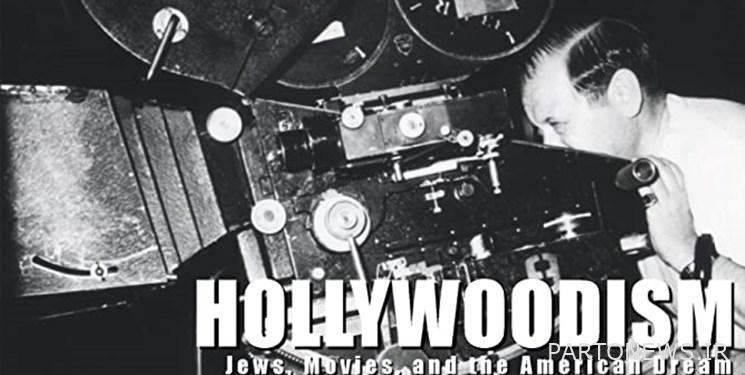
Fars News Agency – Cinema Group – Alireza Sepahvand: American Jews such as Carl Lemmel, Adolf Zucker, and Samuel Goldwyn were among the immigrants who came to the United States. These were the founders of key Hollywood studios that, along with several other non-Jews, including Thomas Ince, McCent, and Walt Disney, founded the American film industry; But what led many Jews to join the early film industry, and what was their lasting impact on American culture?
Many of these Jews came in with the skill of vaudeville (a show consisting of dancing and singing) and the clothing trade, two industries that were the best opportunity for development, especially for the Jews who set foot on American soil. Woodville Theaters offered a variety of plays: a singer sings, followed by a slapstick comedy, and so on. Theaters in immigrant neighborhoods staged plays in a variety of languages, including Hebrew. This attraction to immigrants and the low ticket price made the upper Christian and white classes look down on it, so they did nothing to keep Jewish entrepreneurs out of the business. Jewish immigrants, many of whom came to the United States with sewing skills, advanced in the garment industry because they did not need training or money to open a small garment factory.
Famous members of the Laski Company: From left to right: Jesse L. Laski (Jewish), Adolf Zakour (Jewish), Samuel Goldwyn (Jewish), Cecil B. DeMille (Jewish) and Al Kaufman (Photo: Library of Congress)
When motion pictures were introduced in the late 1890s, success in this new industry required similar skills as display and the clothing trade. Salesmanship was important: filmmakers had to sell their films to audiences, and audiences had to sell to audiences. For example, Karl Lemmel (a German Jew) used to market clothes before launching the large film company Universal Pictures. Adolf Zukor (Hungarian Jew) originally sold fur before founding another big Hollywood company, Paramount Pictures, and Jesse Laski (American Jew), one of his partners at Paramount, was a former horn actor; When he left the glove shop and entered the film business, he changed his name to “Samuel Goldwyn”. Marcus Lowe (American Jew) was also fired before appearing in cinemas (AMC Loew’s) and film production.
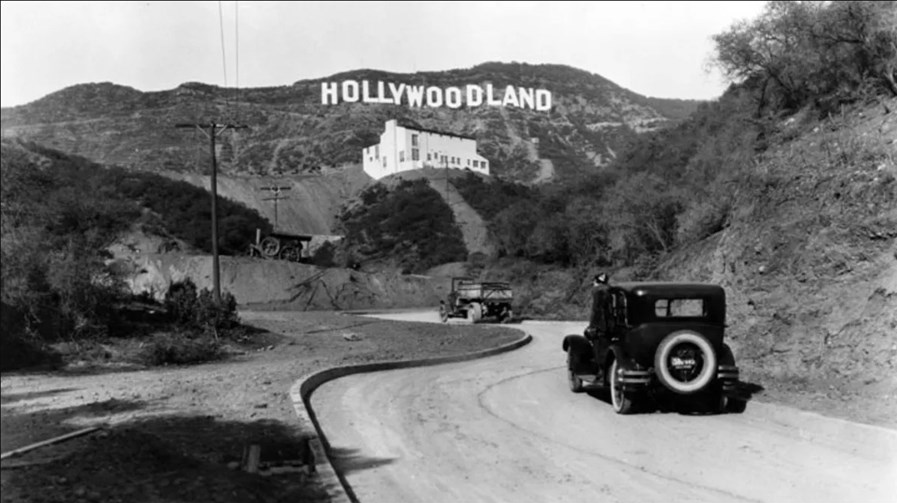
These Judeo-American entrepreneurs succeeded because movies were so popular and non-Jewish artisans largely did not want to have anything to do with the Jewish business. The cinema audience was primarily the working class and immigrants: tickets were cheap and silent cinema had no language barriers. Another reason for the Jewish conquest of Hollywood cinema was that at the time, the predominantly Protestant cultural elite saw film as a low-level, non-cultural phenomenon, and major non-Jewish investors saw it as a passing fad. Some Catholic institutions even mobilized against motion pictures, believing that they had a corrupt effect; But the Jews were not influenced by Catholic teachings, and they had no problem mainly with the fact that at that time there was a social burden such as prostitution.
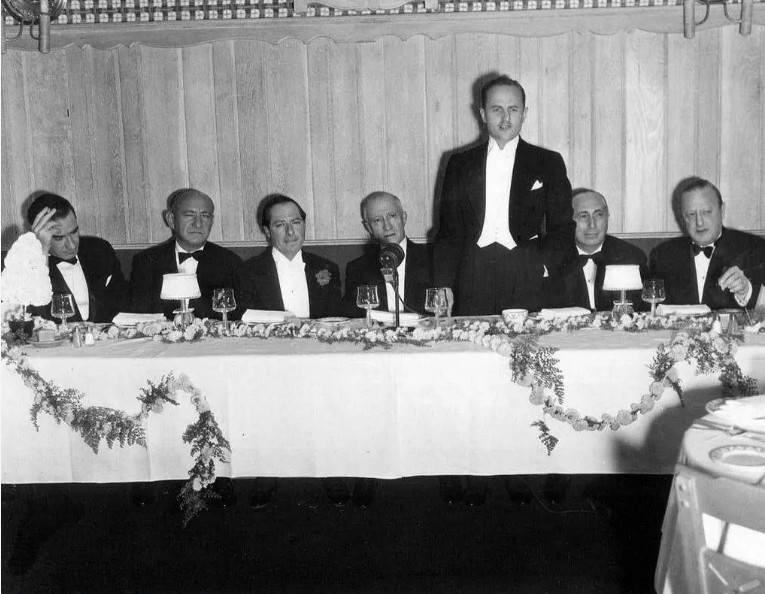
Photo of a dinner given by Adolf Zukor on the occasion of the 25th anniversary of the film industry. The event was held in Trocadero in 1936. From leftists Frank Lloyd, Joe Shank, George Jessel, Adolf Zucker, Daryl Zannock, Louis B. Mayer, and Jesse Lasky. (Photo: Acme Newspictures, Inc.)
Instead, American Jews in the film industry were influenced by other prejudices. The owners of the Jewish studios, like many Jewish immigrants of their time, were eager to present themselves as Americans. They sought to openly embrace American identity and transcend anti-Semitism in the Old World, although studio executives, like some Jewish actors such as Edward J. Robinson, Kirk Douglas, and Lauren Bacall, who changed their Jewish letters to these English letters, remained on the same Jewish letters. In fact, the Jewish surname of the studio directors was used as an anti-Semitic code language. Prejudice remains a constant concern for businessmen trying to grow their manufacturing companies from small startups to large Hollywood studios that are still active.
For example, Marcus Lou bought the small Metro Pictures studio in 1920 to bring the films into his theaters. When the subway needed to grow to keep pace with demand, Lowe bought Samuel Goldwyn’s company, Goldwyn Pictures. They later merged with another company owned by Louis B. Meyer (a Russian Jew). Their joint venture was Metro-Goldwyn-Mayer, one of the Hollywood film giants. President of MGM (“Metro Gloin Meyer”), Louis B. Meyer was so eager to be considered an absorbed American that he accepted July 4th as his birthday and celebrated it with his staff every year.
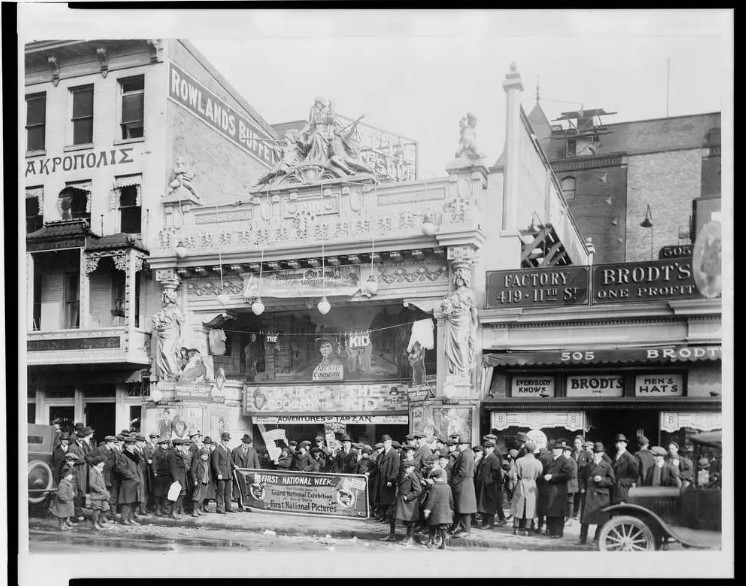
An advertisement for Jackie Cogan’s film was released outside the Leader Cinema in Washington, DC in 1922. (Photo: National Photo Company)
Films produced by all-Jewish Hollywood studios downplayed cultural and religious differences and instead showed pervasiveness on American screens. However, it was much harder for films to overcome the social barriers surrounding race. Hollywood films created a new, homogeneous, white American cultural identity that was widely acclaimed and transformed into American identity. These films offered a vision of the great cauldron that American society was still trying to become. The Jewish creators and merchants who sought to assimilate eventually invented the culture that defined twentieth-century imperial America.
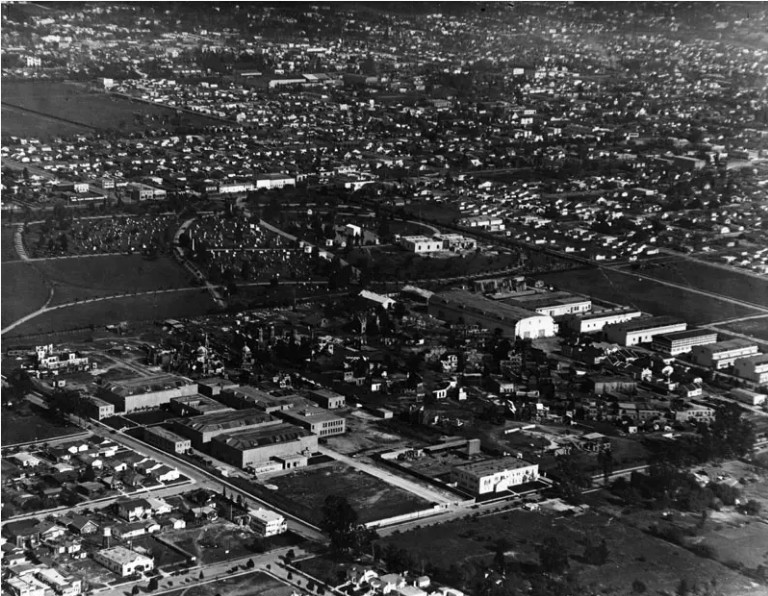
Hollywood movie studios in 1922. (Photo: Wikimedia Commons)
The Jewish-American founders of the big Hollywood studios left their mark on the culture they created. They imposed the Jewish way of life on the American people under the guise of “American dream.” From superhero movies in which a Yankee landlord is always the savior of humanity, to the slaughter and show of bloodshed using all cinematic techniques and skills, the viewer can identify with Johnny even in the most brutal crime scenes. A cinema that introduces unbridled consumerism and arrogance and luxury as the highest values, and in this superhero cinematic world there is no place for “man to us is man”. As we see in many Hollywood productions, in a film like Schindler’s List, Jews are always portrayed as oppressed and harmed by their religion, while the reality is not in Hollywood cinema but in occupied Palestine, the Gaza Strip, Sabra and Shatila.

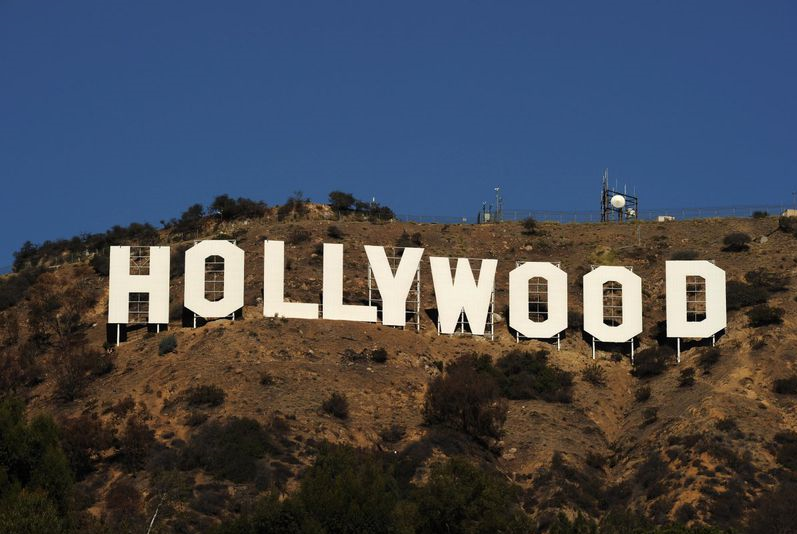
End of message /
You can edit this post
Suggest this for the front page
.

